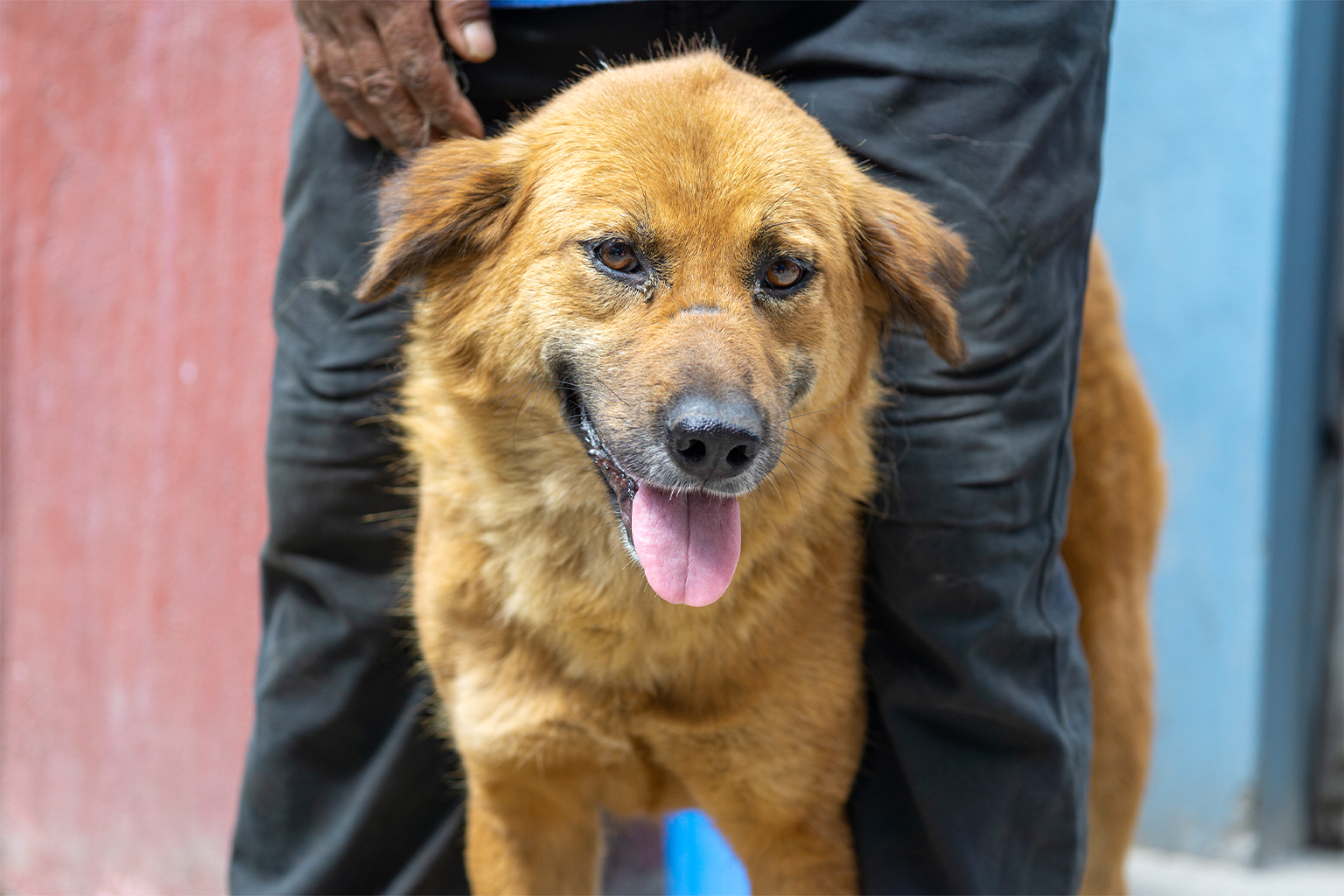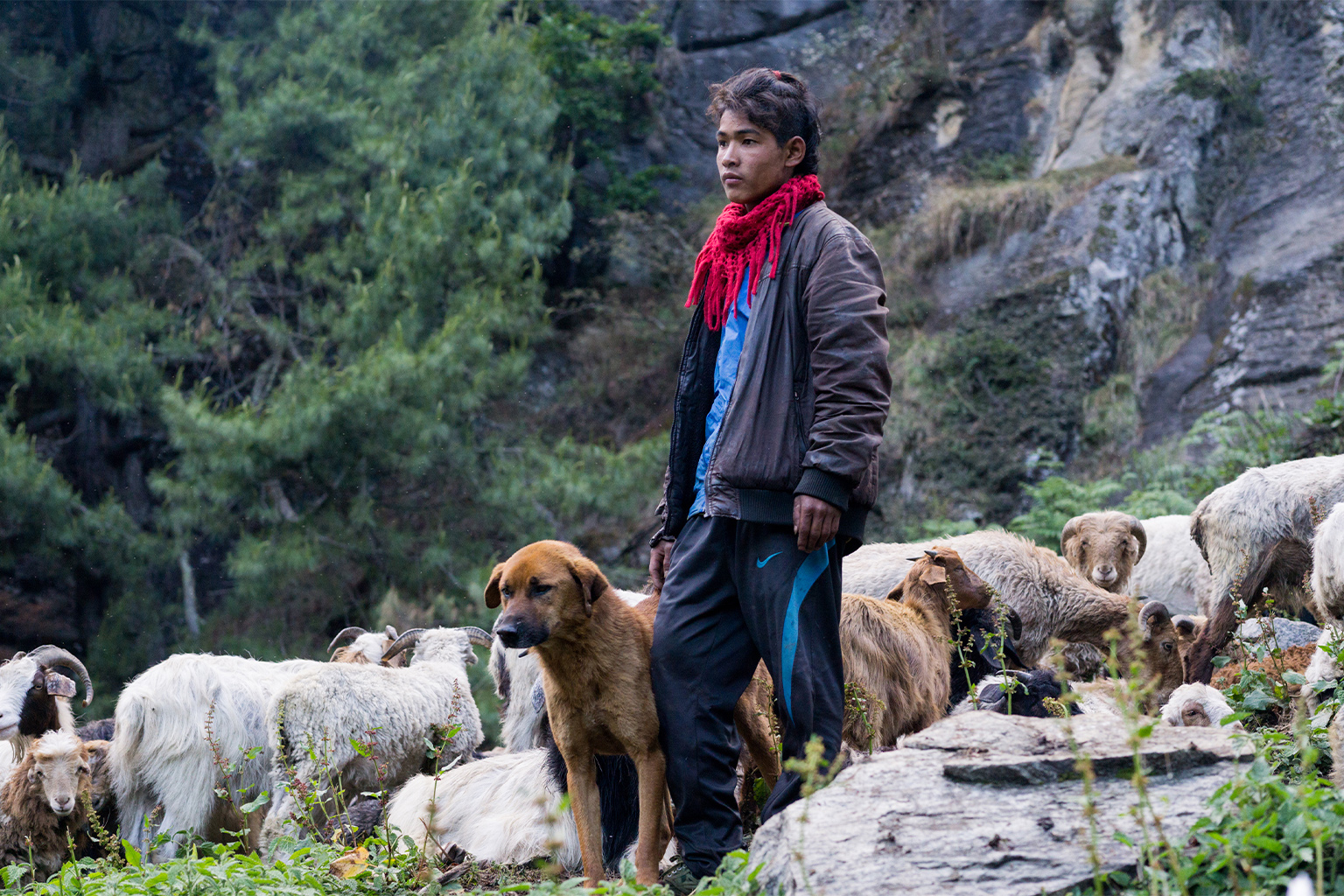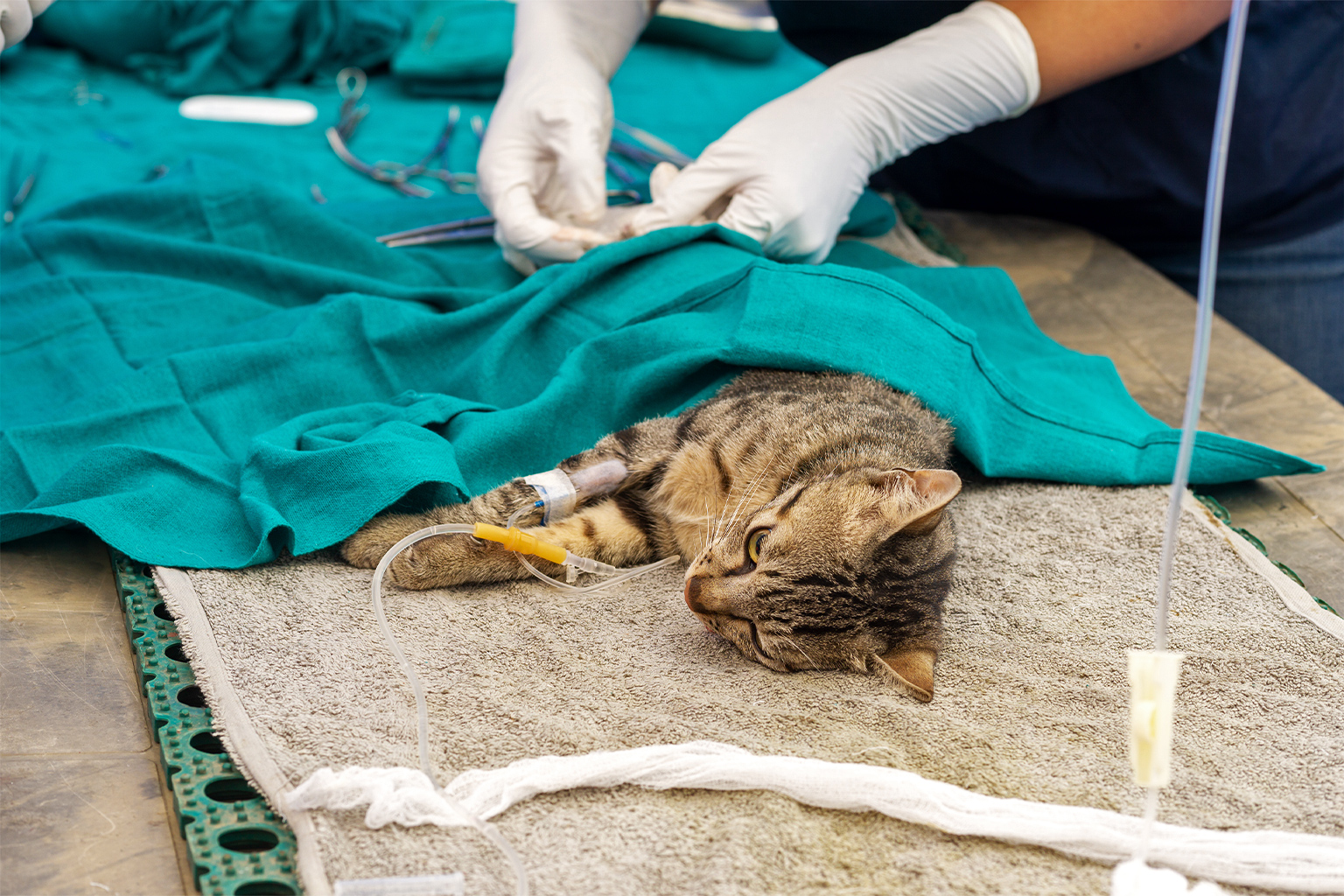- Feral dogs have long proved problematic to people, livestock and wildlife in Nepal’s Annnapurna region.
- Studies have shown a high prevalence of canine distemper among the dogs, which are also suspected of carrying other diseases that could be passed on to domestic animals, wildlife or even people.
- A project to vaccinate and neuter the dogs helped slow their population growth, but was halted by the COVID-19 pandemic.
- Since then, however, locals have revived the initiative on their own, and the success of their efforts have drawn requests for assistance from other Himalayan communities dogged by dogs.
KATHMANDU — Pictures of enigmatic snow leopards roaming the scenic Annapurna area come to mind when outsiders think about carnivores and predators in the Himalayas. The cats often grab the headlines when they prey on livestock and often face retaliation from humans.
But for many of the people living in the region, where tourism is a major source of income, another carnivore poses a more potent threat to animals, both domestic and wild, than the big cat: dogs, a necessity of pastoral life in the Himalayas that guard livestock and property.
“Tourist trekkers find stray dogs cute and they feed them. The animals then follow the tourists as they climb uphill and stay there,” said Tsering Ongma Gurung, a hotel owner in Manang, one of the most popular stops on the Annapurna trek. “When they get here, they get to eat food thrown away by people, and stay there. Their population then increases rapidly causing a lot of problems,” she added.
In some areas of Manang, dogs have been seen hunting both domestic and wild prey in packs, like the way they did in the wild before they were domesticated, said Binod Gurung, another resident of Manang. As the dogs aren’t vaccinated, they’re likely to carry diseases such as canine distemper and rabies that could then be transmitted to both domestic and wild animals and even humans.


Until 2013, locals were often forced to cull the dogs, sometimes by drowning puppies in the river or by poisoning, although few are willing to admit this today.
But that didn’t help control the population, as dogs continued to come in from the lowlands and the number of resident dogs continued to multiply. With virtually no dog control laws, and the growing pervasiveness of feral dogs, “killing dogs is not only inhumane, but also an ineffective way of controlling the feral dog population,” said Singapore-based Debby Ng, co-founder of the Himalayan Mutt Project. (Editor’s note: Ng is a member of Mongabay’s board of directors.)
Ng and Manang-based nature guide Mukhiya Gotame (also known as “Snow Monkey”) started the project in 2014 to help local communities by delivering veterinary services and vaccinations as well as training local veterinarians and communities about how to identify diseases in dogs. Through its work, the project also helps communities learn about the importance of neutering and vaccinating dogs to protect people, wildlife and livestock.
“With support from various donors, we conducted camps to neuter and vaccinate dogs from 2014 to 2018,” Gotame said. “At times we also brought in some vets and technicians from abroad.”
When the campaign was in full swing, locals who helped catch dogs for the vets to vaccinate and neuter said they were already seeing the difference it made, with the once-rising dog population plateauing.


“HMP helped vaccinate and neuter around 400 dogs, which could potentially reproduce and grow exponentially,” Gotame said. The project also conducted a serological study on 71 dogs to check the prevalence of canine distemper in the population, finding a high prevalence.
But the project, like many others, was hit by the COVID-19 pandemic, with vets and technicians unable to go to Manang because of travel restrictions. That led to a resumption in the growth of the feral dog population in the area again.
But the local communities, bearing the brunt of this increase, decided to conduct the campaign on their own.
Seven of the 14 villages in Manang where the campaign had been running pre-COVID decided to raise funds on their own to continue the program. “Everyone helped out in whatever they could offer, ranging from meals and accommodation for the vets to transport,” said Tsering Ongma Gurung.
In all, they raised 700,000 rupees ($5,300), while the local government chipped in 200,000 rupees ($1,500) and the local livestock office provided free vaccines. Gotame reached out to contacts in the Himalayan Animal Rescue Trust (HART), an NGO of vets working on animal welfare based in the city pf Pokhara, the main base for tourists embarking on the Annapurna circuit. Working together, they managed to vaccinate and neuter 70 dogs, around half of them female.
“This shows that the local people believe that killing the dogs is not a solution and that the approach to vaccinate and neuter them really works,” Ng said.

“We are now in talks with the local government to provide some kind of financial help to cover more areas in the future and to ensure that programs like these are organized regularly,” Gotame said. “We need to ensure the long-term sustainability of these programs.”
As news spread about the community’s initiative to safely manage its feral dog population, Gotame is now getting calls from other Himalayan communities to implement similar programs in their areas. “However, most communities don’t have funds for large-scale programs,” he said. “That’s where municipalities need to step in.”
Abhaya Raj Joshi is a staff writer for Nepal at Mongabay. Find him on Twitter @arj272.
Banner image: A man carries a feral dog. Image courtesy of Ajay Narsingh Rana.
Citation:
Ng, D., Carver, S., Gotame, M., Karmasharya, D., Karmacharya, D., Man Pradhan, S., … Johnson, C. N. (2019). Canine distemper in Nepal’s Annapurna Conservation Area — Implications of dog husbandry and human behaviour for wildlife disease. PLOS ONE, 14(12), e0220874. doi:10.1371/journal.pone.0220874
Related reading:
Who let the dogs out? Feral canines pose a threat to Nepal’s wildlife
Feedback: Use this form to send a message to the author of this post. If you want to post a public comment, you can do that at the bottom of the page.
